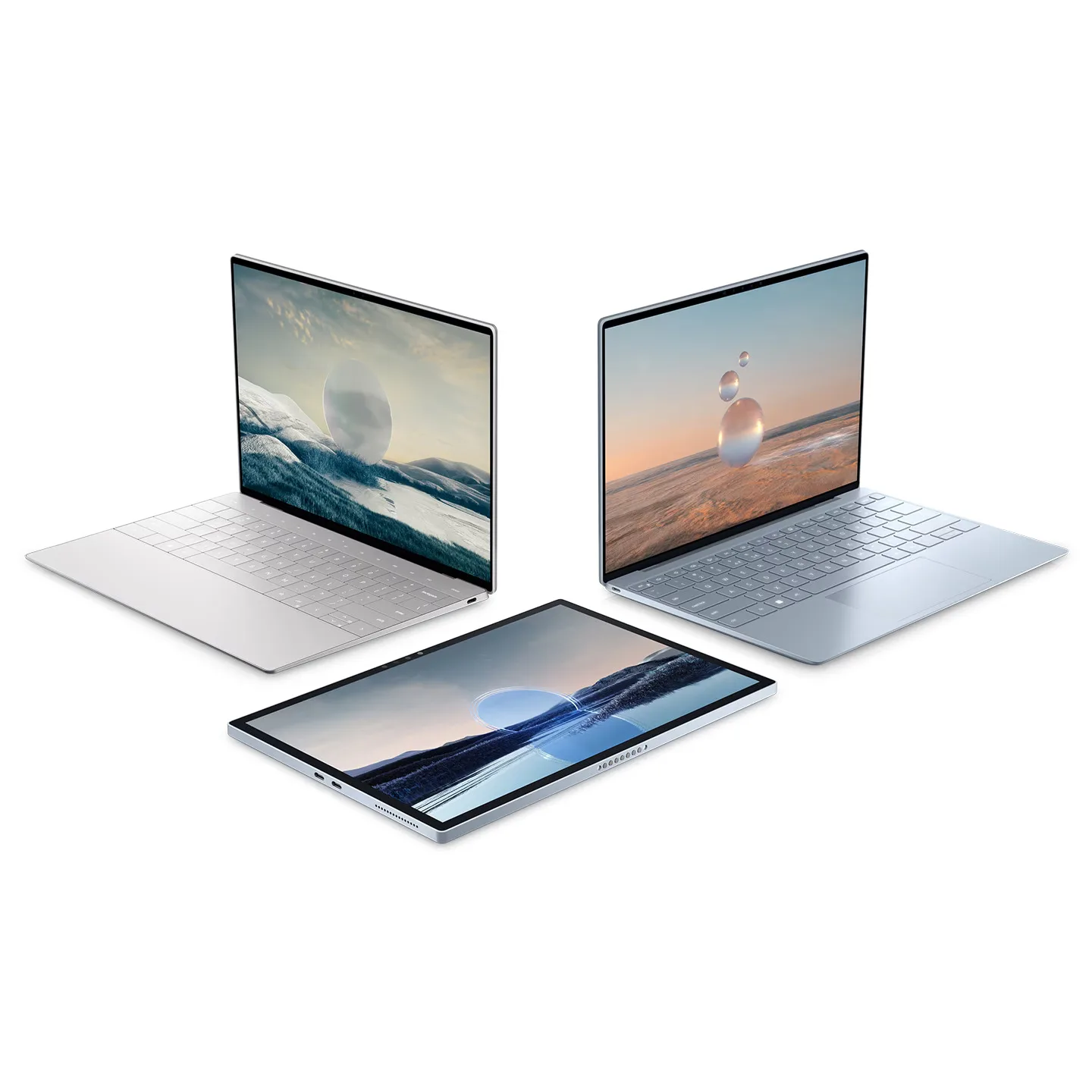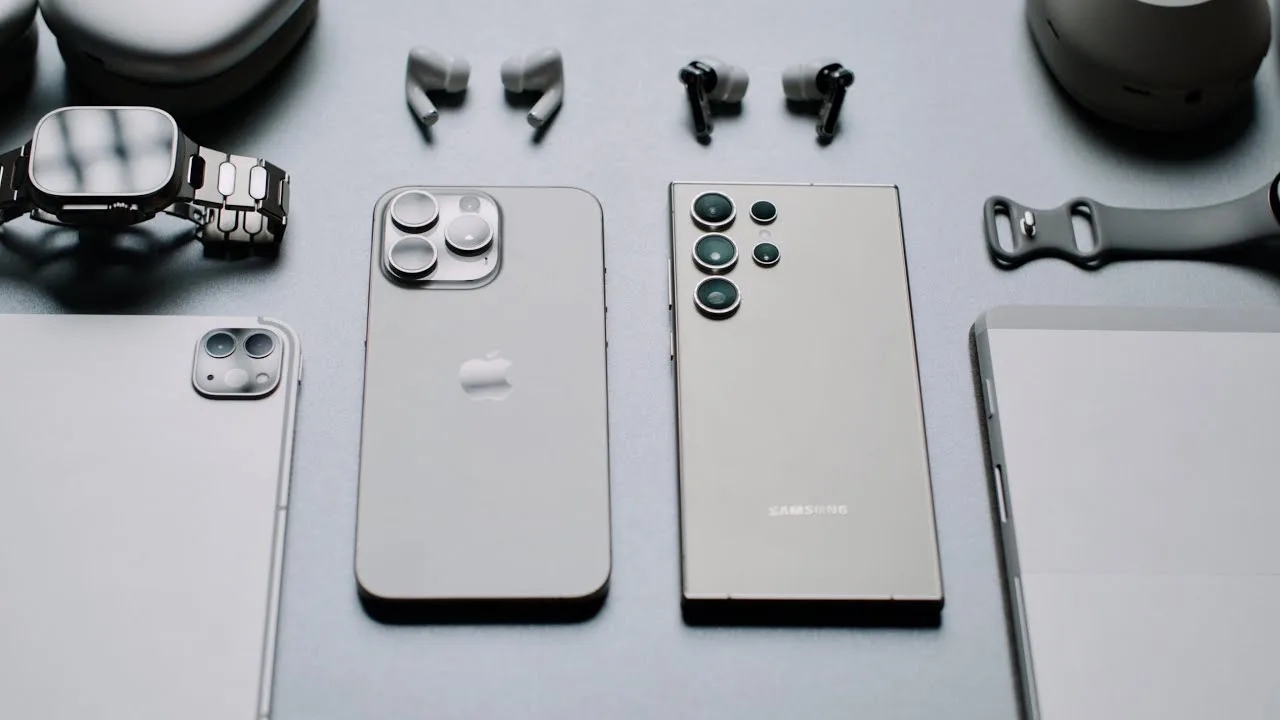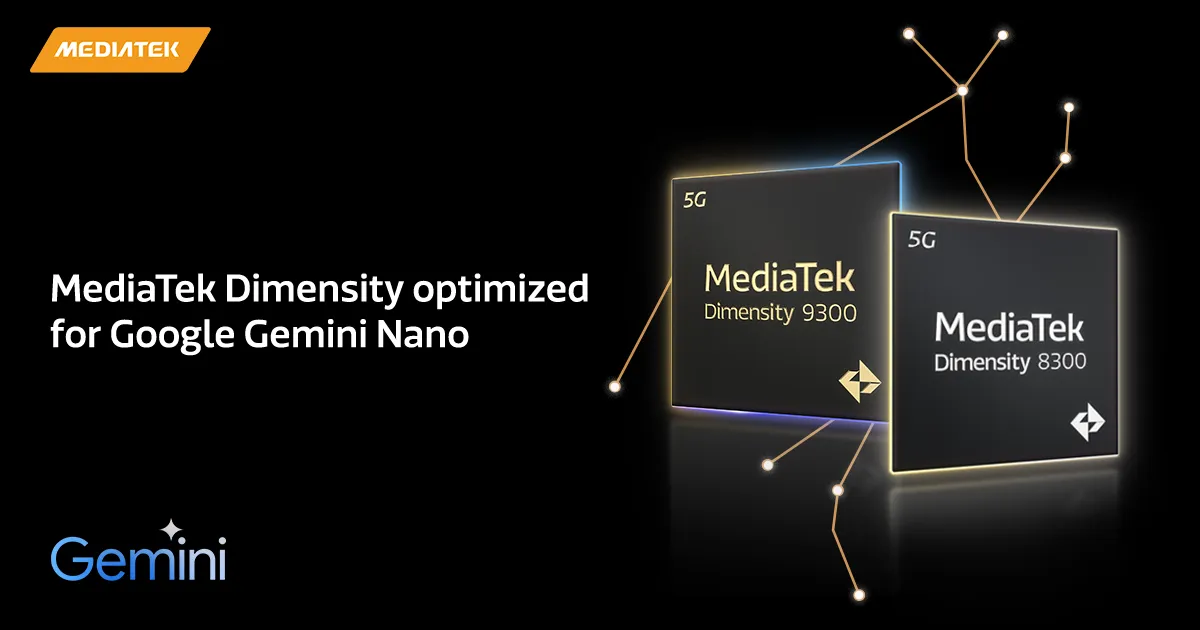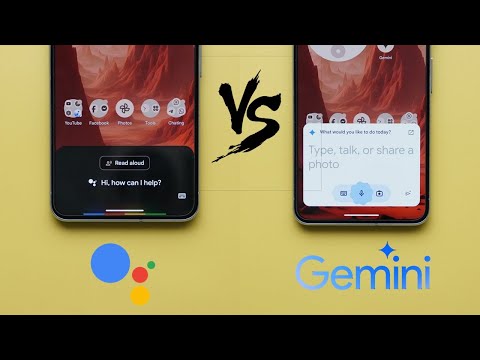Apple’s iPhone 16e has arrived, stirring both nostalgia and skepticism. Positioned as a budget-friendly alternative to the flagship iPhone 16 series, it revives classic design elements like the iconic notch and thick bezels while packing the latest A18 chip and Apple Intelligence. But with a starting price of ₹60,000 (or $599), does it justify its cost in a market dominated by feature-rich Android alternatives? Let’s dive into its specs, performance, and value proposition.

Design & Build: A Throwback to Simpler Times
The iPhone 16e’s design is unapologetically retro, appealing to fans of Apple’s older models. Key highlights:
- Nostalgic Notch: The return of the notch houses Face ID but skips the Dynamic Island’s interactive features.
- Grip-Enhancing Bezels: Thicker bezels reduce accidental touches, paired with a matte glass back for better grip.
- Durability: Ceramic Shield front glass and IP68 water resistance mirror the iPhone 16’s ruggedness.
- Colors: Available in classic Black and White, with vibrant silicone cases sold separately.
While the chassis mimics the iPhone 16, the lack of MagSafe and a smaller 6.1-inch form factor set it apart. Critics argue the design feels dated compared to bezel-less Android phones like the Samsung Galaxy S23 FE.
Display: OLED Brilliance Held Back by 60Hz
The iPhone 16e sports a 6.1-inch Super Retina XDR OLED display with:
- 2532×1170 Resolution: Sharp 460 PPI density.
- HDR Support: 1,200 nits peak brightness for vivid visuals.
- True Tone & Wide Color (P3): Accurate color reproduction.
However, the 60Hz refresh rate feels outdated next to Android rivals like the OnePlus Nord 3 (120Hz) or Pixel 7a (90Hz). While Apple claims the 60Hz screen “reduces eye strain,” critics call it a cost-cutting move.
Performance: A18 Chip Delivers Flagship Power
The iPhone 16e shares the A18 chip with its pricier siblings, featuring:
- 6-Core CPU: 2 performance + 4 efficiency cores.
- 4-Core GPU: Handles graphics-intensive tasks smoothly.
- 16-Core Neural Engine: Powers Apple Intelligence and machine learning.
Benchmarks: Early Geekbench 6 scores show single-core performance matching the iPhone 16 (2,450) and multi-core scores around 6,200, outpacing Snapdragon 8 Gen 2 devices but trailing the Snapdragon 8 Gen 3 in GPU-heavy tasks.
Despite its prowess, the 8GB RAM feels limiting compared to Android phones offering 12GB at similar prices.
Camera: A Single Lens for All Occasions
The iPhone 16e features a solo 48MP rear camera with:
- Sensor-Shift Stabilization: Reduces motion blur.
- Digital Zoom: Up to 5x, though quality dips beyond 2x.
- Fusion Technology: Combines pixels for brighter 12MP shots.
While Apple touts its versatility, the lack of optical zoom or ultrawide lenses is glaring. Comparatively, the Pixel 7a offers dual cameras with Night Sight and Super Res Zoom at a lower price. Video capabilities, however, shine with 4K Dolby Vision recording—a rarity in this segment.
Software & Features: iOS 18 and Apple Intelligence
The iPhone 16e debuts with iOS 18, featuring:
- Apple Intelligence: AI-driven tools like smart replies, notification summaries, and enhanced Siri with ChatGPT integration.
- Customizable Action Button: Replaces the mute switch for quick shortcuts.
However, early adopters report bugs, including app crashes and connectivity hiccups with the C1 modem—Apple’s first in-house 5G modem. While it supports satellite SOS, it lacks mmWave and Wi-Fi 7, limiting future-proofing.
Battery & Charging: Stuck in the Past
The 3,279mAh battery promises “6 hours longer” life than the iPhone 11, but real-world usage shows:
- Screen-On Time: ~7 hours (mixed use).
- Charging: 20W wired (50% in 30 mins) and 7.5W wireless—slower than Android’s 65W standards.
Price & Storage Options
- ₹60,000 ($599): 128GB base model.
- ₹70,000 ($699): 256GB.
- ₹85,000 ($849): 512GB.
For context, the iPhone 15 starts at ₹65,000 (699 USD) with a Dynamic Island and dual cameras, while the Pixel 7a retails at ₹43,999 (499 USD)
iPhone 16e vs. Android: Key Competitors
| Feature | iPhone 16e | Samsung Galaxy S23 FE | Google Pixel 7a |
|---|---|---|---|
| Price | ₹60,000 | ₹54,999 | ₹43,999 |
| Display | 6.1″ OLED (60Hz) | 6.4″ AMOLED (120Hz) | 6.1″ OLED (90Hz) |
| Chipset | A18 | Exynos 2200 | Tensor G2 |
| RAM | 8GB | 8GB | 8GB |
| Camera | 48MP (Single) | 50MP + 12MP + 8MP | 64MP + 13MP |
| Battery | 3,279mAh | 4,500mAh | 4,385mAh |
| OS Updates | 6-7 years | 4 years | 3 years |
Verdict: Who Should Buy the iPhone 16e?
Pros:
- Flagship-grade A18 performance.
- Long-term iOS updates.
- Premium build and HDR video capabilities.
Cons:
- Overpriced compared to Android rivals.
- 60Hz display and single camera feel outdated.
- Buggy iOS 18 and underwhelming C1 modem.
Final Take: The iPhone 16e caters to Apple loyalists craving a smaller, nostalgic design with modern internals. However, budget-conscious buyers will find better value in the iPhone 15 (discounted) or Android flagships like the Galaxy S23 FE. Unless iOS exclusives like Apple Intelligence are non-negotiable, the 16e struggles to justify its premium.




